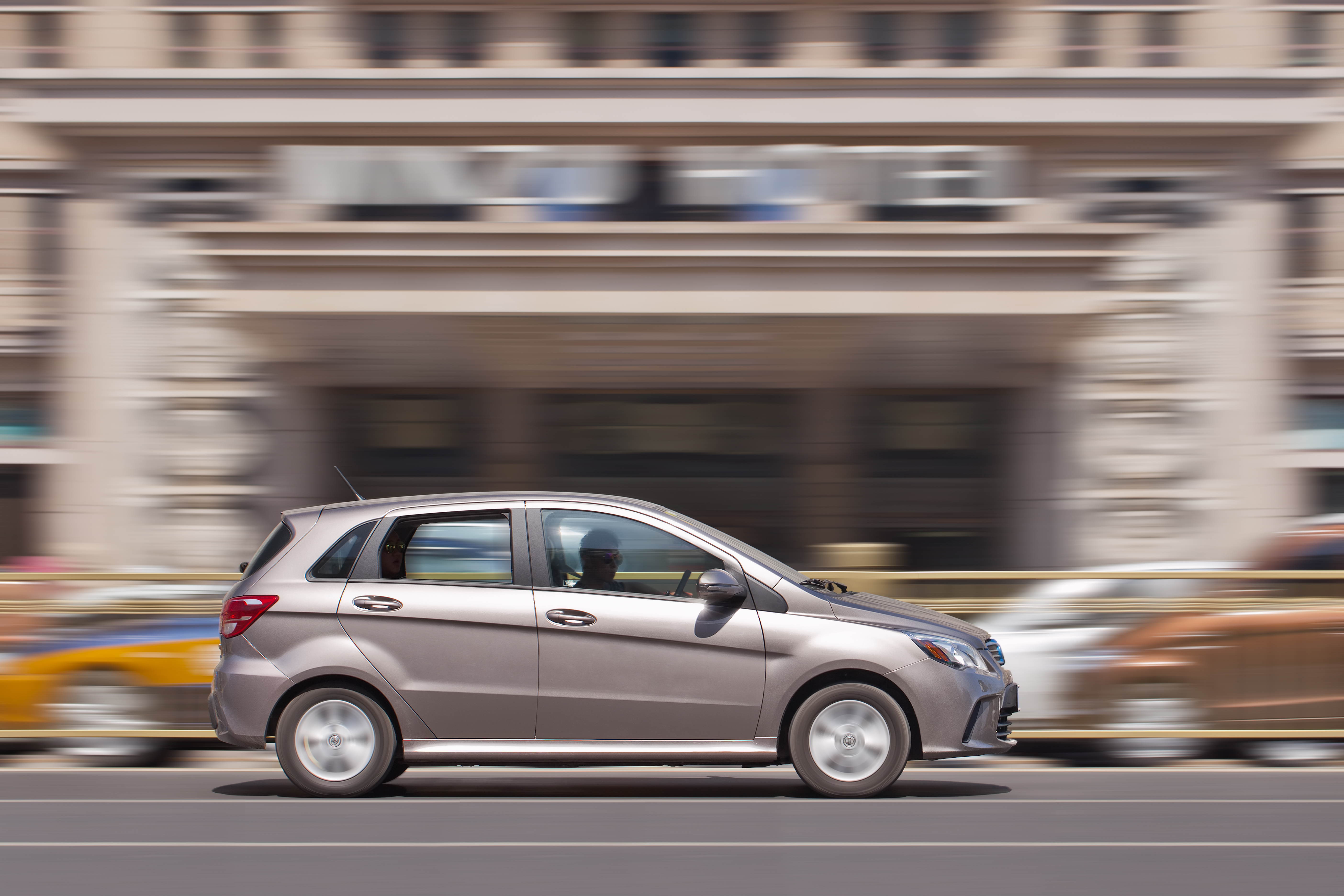Hatchback Cars in the U.S.: Features, Benefits, and Popular Models
Hatchback cars have carved out a significant niche in the American automotive market, offering drivers a practical blend of compact size, fuel efficiency, and versatility. These vehicles feature a rear door that opens upward, providing direct access to the cargo area and creating a flexible interior space that appeals to urban commuters, young professionals, and budget-conscious families alike.

Why Hatchback Cars Are Popular and Key Features
The popularity of hatchback cars in the U.S. stems from their unique combination of practicality and efficiency. Unlike traditional sedans, hatchbacks feature a rear cargo area that connects directly to the passenger compartment, eliminating the separate trunk design. This configuration allows for significantly more cargo flexibility, as rear seats can often fold down to create an expansive loading area.
Key features that define modern hatchbacks include their compact exterior dimensions, which make them ideal for city driving and parking in tight spaces. Most hatchbacks offer excellent visibility due to their upright seating position and large windows. The rear hatch design typically provides easier loading and unloading of cargo compared to traditional trunk openings, making everyday tasks more convenient.
Top Hatchback Models in the U.S. Market
Several manufacturers offer compelling hatchback options in the American market. The Honda Civic Hatchback stands out with its sporty design and practical interior space, featuring a turbocharged engine option and advanced safety features. Volkswagen’s Golf series has long been a hatchback favorite, known for its refined interior materials and European driving dynamics.
The Mazda3 Hatchback offers premium styling and engaging handling characteristics, while the Subaru Impreza provides standard all-wheel drive capability. Toyota’s Corolla Hatchback brings reliability and fuel efficiency, and the Hyundai Elantra GT delivers value with an extensive warranty coverage. Each model brings distinct characteristics to meet different driver preferences and needs.
Fuel Efficiency and Cost Considerations
Hatchbacks typically excel in fuel efficiency due to their lighter weight and aerodynamic design compared to larger vehicle categories. Most modern hatchbacks achieve between 28-35 mpg in combined city and highway driving, with some hybrid variants reaching even higher efficiency ratings.
The cost advantages of hatchback ownership extend beyond fuel savings. Insurance premiums are generally lower due to their classification and safety ratings. Maintenance costs tend to be reasonable, as most hatchbacks share components with their sedan counterparts, ensuring parts availability and competitive service pricing.
| Model | Starting MSRP | Combined MPG | Key Cost Benefit |
|---|---|---|---|
| Honda Civic Hatchback | $24,200 | 32 mpg | Low maintenance costs |
| Volkswagen Golf | $25,995 | 30 mpg | Strong resale value |
| Mazda3 Hatchback | $25,200 | 31 mpg | Premium features at midrange price |
| Toyota Corolla Hatchback | $23,400 | 32 mpg | Excellent reliability record |
| Subaru Impreza | $22,995 | 31 mpg | Standard AWD included |
Prices, rates, or cost estimates mentioned in this article are based on the latest available information but may change over time. Independent research is advised before making financial decisions.
Safety and Driver Assistance Features
Modern hatchbacks incorporate comprehensive safety technologies that rival larger vehicles. Standard safety features typically include automatic emergency braking, blind spot monitoring, and lane departure warning systems. Many models offer adaptive cruise control and lane keeping assistance as standard equipment.
The compact size of hatchbacks contributes to their safety profile by providing excellent maneuverability in emergency situations. Most current hatchback models have earned high safety ratings from both the National Highway Traffic Safety Administration and the Insurance Institute for Highway Safety, demonstrating their commitment to occupant protection despite their smaller size.
Interior Comfort and Convenience
Despite their compact exterior dimensions, hatchbacks often surprise drivers with their interior spaciousness. Front seat occupants typically enjoy adequate headroom and legroom, while rear seat accommodations vary by model. The cargo area flexibility remains a standout feature, with many hatchbacks offering more usable cargo space than similarly priced sedans.
Interior technology features in modern hatchbacks include smartphone integration through Apple CarPlay and Android Auto, premium audio systems, and available heated seats. Higher trim levels often include features like dual-zone climate control, leather-appointed seating, and advanced infotainment systems that were once exclusive to luxury vehicles.
Tips for Choosing the Right Hatchback
Selecting the ideal hatchback requires careful consideration of your specific needs and priorities. Evaluate your typical passenger and cargo requirements, as rear seat space and cargo capacity vary significantly among models. Consider your driving environment, as some hatchbacks excel in city driving while others offer better highway comfort.
Test drive multiple models to assess factors like seat comfort, visibility, and driving dynamics. Compare warranty coverage, as this can significantly impact long-term ownership costs. Research reliability ratings and owner satisfaction surveys to identify models with proven track records. Consider available trim levels and option packages to ensure you get desired features without overpaying for unnecessary additions.
Is a Hatchback Right for You?
Hatchback cars offer an appealing combination of efficiency, practicality, and value that makes them suitable for many American drivers. They excel as primary vehicles for urban dwellers, young professionals, and small families who prioritize fuel economy and maneuverability over maximum interior space. The cargo flexibility and lower operating costs make hatchbacks particularly attractive for drivers seeking practical transportation without sacrificing driving enjoyment. However, those requiring maximum rear seat space or towing capability may find other vehicle categories better suited to their needs.




